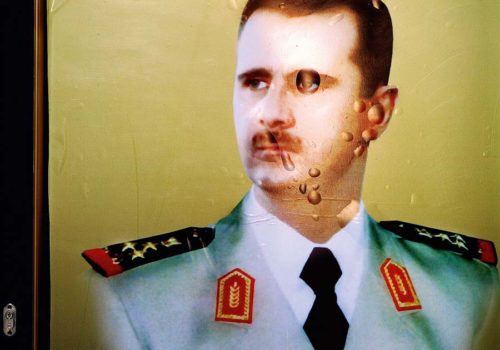The urban landscape is more than buildings and roads; it is a series of signs, murals, and iconography that helps to define the place. Signs provide direction, giving us a frame of reference, a means to engage with opportunities that only exist in the space between us. Signs are stories on display, creating a mood with the combination of image and text that capture the imagination. Signs are an invitation, visual engagement, and if we do decide, an opportunity to participate in their offer. Signs are the lure. To buy into the sign, or not to opt out, that is the question of our times.
Sign Painters by Faythe Levine and Sam Macon (Princeton Architectural Press) is a gloriously told history of the contemporary art of sign painting. This book pays homage to the traditional form of the craft, of a methodology that precludes the use of digital technology. The artists featured here are those who adhere to the time-honored methods of hand painted signs, with a wide array of photographs that give us a private tour inside the artists’ studios where they manifest works of heart and mind. From these studios come finished works that we have only seen in situ, where it takes on a larger meaning by becoming a part of the landscape itself.
As celebrated artist and former sign painter Ed Ruscha writes in the foreword, “Growing up in the Southwest in the 1950s, I was exposed every day to hand-lettered signs, usually on wrinkly sheets of metal, say, for an unplanned watermelon sign or a hamburger menu. Some sign painters had the facility to make any word grouping look good and make any letter of the alphabet stylish. The watermelon sign, a particular American icon, often misspelled and full of genuinely folkish paint strokes, was everywhere. Then there were the painters who added impressive illustrations along with the smoothly handled letterforms. Sometimes they did it with gloss black one-stroked enamel letters on a glossy white background. Wow! And the ecstasy of seeing a sign on metal with a beautifully built-up edge of paint bulging from one side of the letter stroke! It’s not science but it’s beautiful and all artists recognize this.”
The photographs of Sign Painters make us stop and take notice of an art form that is at once nostalgic for a way of life that is now called “analogue.” These photograph allow us to enjoy the hand of the artist while giving us a way to consider the process of creation, and the accompanying text offer a delightful array of individual professional histories. Take Fulbright scholar Stephen Powers who began his art career as a graffiti artist and magazine publisher, and has since gone on to use the conventions of sign painting to redefine the urban landscape of his native Philadelphia with a fifty-mural citywide project titled, “A Love Letter for You.” Powers shows the possibility of the traditional application of sign painting to the artist’s oeuvre, explaining, “I am not officially a sign painter because sign painters are at the mercy of their clientele—where they’re supposed to paint and how they’re supposed to paint/ I’m my own client. I can decide what’s right and what’s best/ A sign painter, unfortunately, is in the position of being the arms for someone else’s brain.”
No where is that more evident than in the signage made in service of politics, as photographer Nicholas Righetti brilliantly illustrates in his newest book, Yes to a Rosy Future (Trolley Books). Righetti is conversant with the terms of dictators, having worked in North Korea and Turkmenistan. His photographs offer all of the visual splendor of the original, while pulling back the curtain, revealing testimony that is at once ironic, absurd, and prophetic.
These photographs were taken in May 2007, after Rightetti left Beirut and its violence, seeking refuge in Syria. The country was in election mode, President Bashaar al-Asaad seeking re-election, assuring himself another seven years of power. The streets of Damascus were awash in portraits of the President, with slogans insisting, “Bashar We Love You” and “Yes to a Rosy Future.”
The enormous portraits were a tradition started by al-Asaad’s father, Hafez, who ran Syria from 1970-2000. The current President was elected upon his father’s death, receiving 97% of the vote. The President is now engaged in a revolutionary war, destroying his own country in this life or death battle. He is quoted as saying,” We must strike back at the terrorists with an iron fist,” yet he also acknowledges, “No government in the world kills its people, unless it’s led by a madman.” These quotes, among others, are juxtaposed with Righetti’s photographs, providing just a glimpse into a man who is notably unhandsome.
Righetti’s photographs capture the odd nuances of the President’s face. He is an awkwardly proportioned man, small eyes set too close together, at once beady and deceiving; eyebrows that cower and falter, hovering impossibly low over his eyes, skinny lips set in grim determination, covered by a large, pale mustache. His forehead slopes outward, like a trapezoid while his jawline is too narrow to balance this long head from falling into his neck. It is both humorous and unfortunate that the heroic scale portraiture only serves to enhance his unpleasant visage. As Righetti’s photographs show, signs can reveal an unspoken truth, giving us clear indication of the where we are and where we are headed. Photography reminds us, all too often in retrospect, that the writing is always on the wall.
Miss Rosen
















